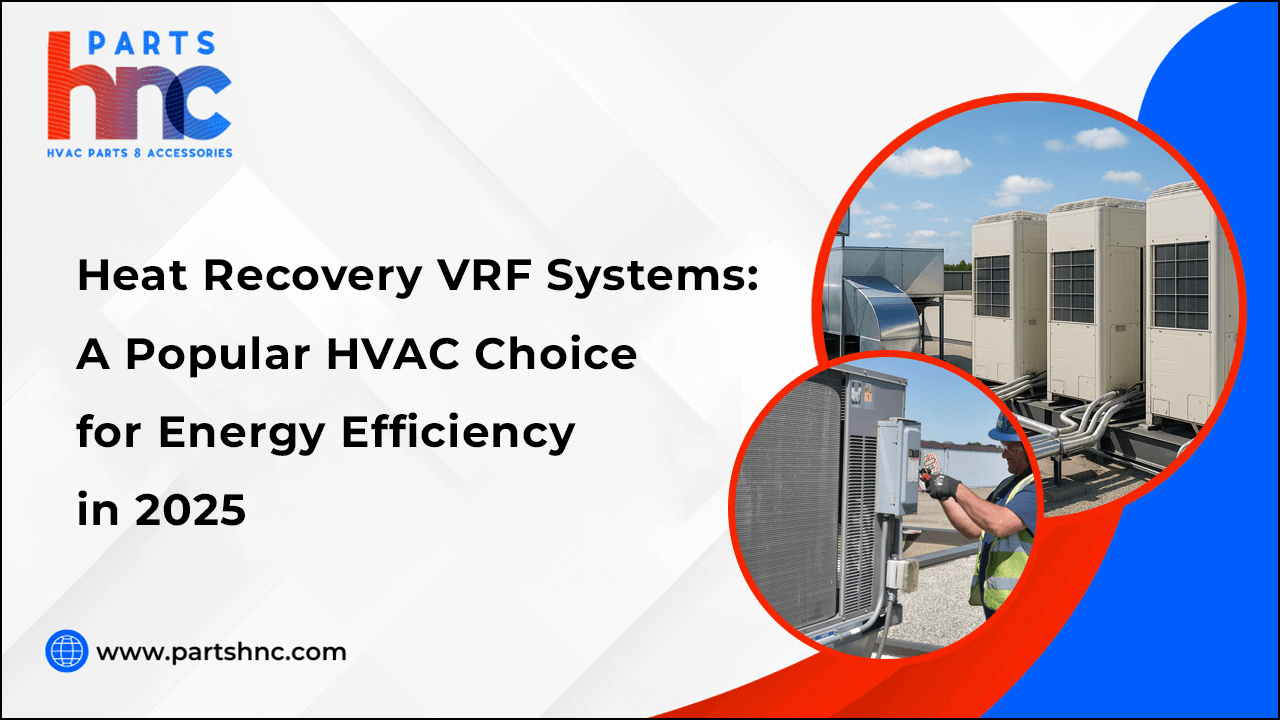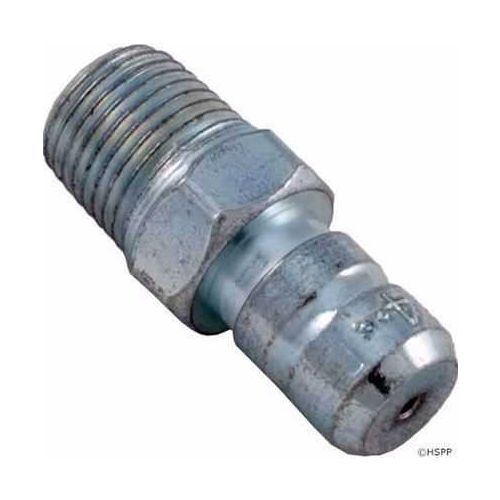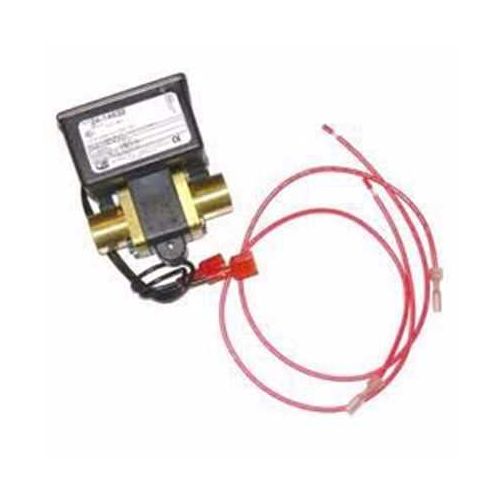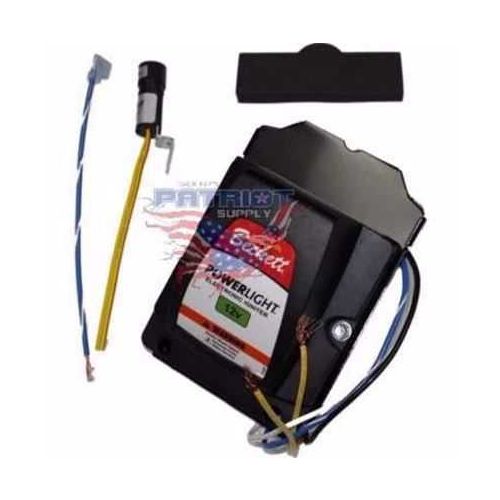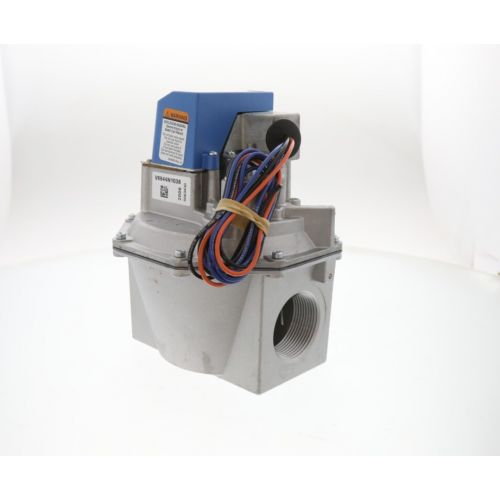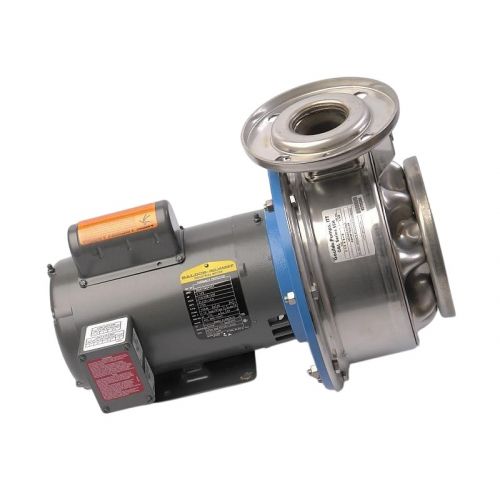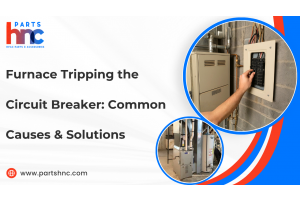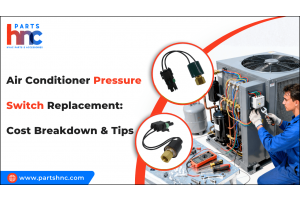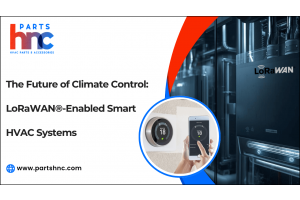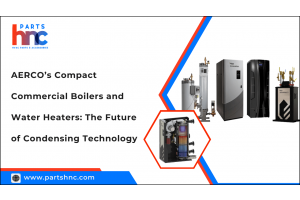Heat Recovery VRF Systems: A Popular HVAC Choice for Energy Efficiency in 2025
Heat recovery VRF (Variable Refrigerant Flow) systems have become a leading choice in HVAC technology by 2025, driven by growing demands for energy efficiency and sustainable building solutions. These advanced systems optimize heating and cooling by simultaneously transferring heat between different zones, reducing energy waste and lowering operational costs. Unlike traditional HVAC setups, heat recovery VRF units adapt dynamically to varying load requirements, offering precise climate control and enhanced comfort.
As environmental regulations tighten and energy prices rise, the appeal of heat recovery VRF systems continues to grow across commercial and residential sectors. Their ability to recover and reuse heat not only supports greener building practices but also improves overall system performance. This makes them a smart investment for forward-thinking property owners aiming to reduce carbon footprints while maximizing energy savings.
What is a Heat Recovery VRF System and How Does It Work?
To fully understand Heat Recovery VRF systems, let’s break down the term.
Variable Refrigerant Flow (VRF) is an HVAC technology that uses refrigerant to provide heating and cooling. Unlike traditional systems, VRF varies the refrigerant flow to control temperatures in different zones precisely.
Heat Recovery technology allows the system to heat some zones while cooling others at the same time. It transfers heat from cooling areas to heating areas instead of wasting it.
Put simply, a Heat Recovery VRF system can cool some parts of a building while heating others, recovering and reallocating energy efficiently.
How Does a Heat Recovery VRF System Work?
Heat Recovery VRF systems consist of:
-
An outdoor unit(s) equipped with compressors and heat exchangers.
-
Multiple indoor units are distributed across different zones or rooms.
-
A network of refrigerant pipes connecting the outdoor unit to the indoor units.
-
A sophisticated control system that manages refrigerant flow and energy recovery.
The process:
-
Simultaneous Heating and Cooling: When some zones require cooling and others heating, the system extracts heat from cooling zones and transfers it to heating zones.
-
Energy Transfer: This heat transfer reduces the need for additional energy input because the system recycles heat internally.
-
Variable Refrigerant Flow: The compressor adjusts refrigerant flow to match the exact demand of each indoor unit, maintaining optimal comfort levels and reducing energy waste.
-
Advanced Controls: Smart controls enable zoning, scheduling, remote monitoring, and integration with building management systems (BMS) for enhanced energy management.
Maximizing Energy Efficiency with Heat Recovery VRF Systems
Heat Recovery VRF systems improve energy efficiency by heating and cooling different zones simultaneously, reusing heat to cut energy waste. Their adaptable design ensures precise energy use, lowering operational costs.
Variable Refrigerant Flow: Delivers the exact amount of refrigerant needed for each zone, preventing energy overuse.
-
How It Maximizes Efficiency: By adjusting refrigerant flow based on demand, the system avoids wasting energy on overcooling or overheating, ensuring optimal power usage.
-
Features: Precise refrigerant control via compressors and expansion valves, dynamic adjustment for individual indoor units.
Heat Recovery Function: Captures and redirects heat from cooling areas to warm other spaces without extra energy input.
-
How It Maximizes Efficiency: This internal recycling of heat reduces the need for additional heating or cooling, cutting overall energy consumption.
-
Features: Heat exchangers in the outdoor unit transfer heat between indoor units operating in heating and cooling modes.
Smart Zoning Controls: Allows independent temperature control and scheduling for each zone, boosting comfort and efficiency.
-
How It Maximizes Efficiency: Tailoring climate control to specific zones avoids heating or cooling unused spaces, minimizing wasted energy.
-
Features: Electronic expansion valves, thermostats, and controllers managing multiple indoor units per zone.
Remote Monitoring: Enables real-time system tracking and adjustments to optimize performance and energy savings.
-
How It Maximizes Efficiency: Continuous monitoring helps detect inefficiencies and allows timely adjustments to maintain optimal operation.
-
Features: Centralized control panels and software interfaces for monitoring compressors, indoor units, and refrigerant flow.
Seamless BMS Integration: Facilitates centralized energy management and reporting for large-scale buildings.
-
How It Maximizes Efficiency: Integration with building management systems ensures coordinated control, data-driven energy optimization, and streamlined maintenance.
-
Features: Communication modules that link VRF systems with BMS for unified control and data analytics.
By combining these technologies, Heat Recovery VRF systems reduce energy consumption and enhance occupant comfort, making them ideal for sustainable buildings in 2025 and beyond.
Heat Recovery VRF vs. Traditional HVAC Systems
|
Feature |
Heat Recovery VRF Systems |
Traditional HVAC Systems |
|
Energy Efficiency |
High (due to heat recovery) |
Lower (waste heat is discarded) |
|
Zoning Capability |
Yes, precise individual control |
Limited or none |
|
Installation Space |
Compact, minimal ductwork |
Larger ductwork and equipment |
|
Noise Levels |
Low noise operation |
Often noisier |
|
Operating Costs |
Lower over the long term |
Higher due to inefficiencies |
|
Environmental Impact |
Reduced carbon footprint |
Higher emissions |
Check out this article to maximize ROI with cold climate heat pump rooftop units in commercial hvac systems to explore how they boost efficiency and cut operational costs.
Applications of Heat Recovery VRF Systems in 2025
In 2025, Heat Recovery VRF systems will be used across a wide range of sectors. Their flexibility and energy efficiency make them ideal for diverse building types.
|
Sector |
Key Advantages |
Applications |
|
Commercial Buildings |
Office complexes, retail centers, and hotels benefit from zone-specific temperature control and efficient management of occupied/unoccupied spaces, enhancing comfort and reducing operational costs. |
Open-plan offices, meeting rooms, server rooms, hotel guest rooms, retail shops |
|
Educational Institutions |
Schools and universities use VRF systems to manage multiple classrooms, labs, and administrative areas with independent climate control. Heat recovery supports energy conservation across large campuses. |
Classrooms, lecture halls, libraries, faculty offices, student dormitories |
|
Healthcare Facilities |
Hospitals and clinics require stable and precise environmental control. Heat Recovery VRF systems maintain separate conditions in patient rooms, labs, and operating theaters while lowering energy use. |
Patient wards, diagnostic rooms, laboratories, nurse stations, waiting areas |
|
Residential and Multi-Family Housing |
Apartments, condos, and high-rise buildings adopt VRF systems for their quiet operation, individual unit control, and energy efficiency, ideal for tenants with different comfort needs. |
Living rooms, bedrooms, kitchens, lobbies, shared amenity spaces |
|
Mixed-Use Developments |
Buildings combining commercial, residential, and retail spaces benefit from VRF systems’ adaptability to varying demands, offering consistent comfort and reduced energy consumption. |
Shopping outlets, residential units, restaurants, gyms, co-working spaces |
With rising energy standards and sustainability goals, the demand for Heat Recovery VRF systems continues to grow across diverse building types in 2025.
Why Heat Recovery VRF Systems Are a Smart Choice in 2025
Heat Recovery VRF systems are rapidly gaining popularity thanks to their energy efficiency and adaptability. They offer modern buildings an effective way to reduce costs and minimize environmental impact.
-
Simultaneous Heating and Cooling: These systems can heat some zones while cooling others at the same time, recovering waste heat and reducing overall energy use.
-
Precise Energy Control: By adjusting refrigerant flow based on exact demand, VRF systems avoid energy waste typical of traditional HVAC units.
-
Zoning Flexibility: Individual rooms or zones can be controlled separately, providing customized comfort and avoiding unnecessary heating or cooling in empty areas.
-
Advanced Controls: Features like scheduling, remote monitoring, and integration with building management systems optimize performance and simplify operations.
-
Space and Noise Efficiency: Compact outdoor units and quiet indoor operation make VRF systems suitable for a variety of building types, including residential and commercial.
-
Sustainability: Reduced energy consumption and lower carbon emissions align with stricter environmental regulations and green building standards.
-
Cost Savings: Lower operating costs and long-term energy savings make Heat Recovery VRF systems a financially sound investment for 2025 and beyond.
These advantages make Heat Recovery VRF systems a smart, future-ready HVAC choice for energy-conscious building owners.
Explore this article on heating up sustainability: eco-friendly HVAC solutions for a greener world to learn how modern systems reduce emissions and support green building goals.
Final Thoughts
Heat Recovery VRF systems are revolutionizing the HVAC industry by combining energy efficiency with versatile comfort control. Their ability to recover and reuse heat while managing diverse building needs makes them an invaluable solution for today’s sustainability demands.
As we move forward, adopting these systems will be essential for reducing environmental impact and operational costs. For building owners and managers seeking smarter, greener HVAC solutions, Heat Recovery VRF systems represent a future-ready investment that delivers lasting benefits in 2025 and beyond.
Looking to upgrade your HVAC system with energy-efficient parts? PartsHnC offers high-quality HVAC components like compressors, expansion valves, and control boards from leading brands like Daikin, Mitsubishi Electric, and Honeywell to keep your HVAC system running smoothly year-round, whether maintaining or installing a new one.
References:
https://portal.ct.gov/
https://www.pnnl.gov/
FAQs
How do Heat Recovery VRF systems perform in seismic or high-vibration environments?
Some models are engineered with reinforced components and flexible piping to withstand seismic activity. This ensures reliable operation in earthquake-prone regions.
How much do Heat Recovery VRF system installation costs compare to traditional HVAC?
Heat Recovery VRF systems usually cost more to install than traditional HVAC due to their complexity. However, energy savings and lower maintenance make them cost-effective over time.
How can Heat Recovery VRF systems integrate with renewable energy sources?
They can be paired with solar panels or geothermal systems for even greater efficiency. This combination further reduces reliance on fossil fuels.


